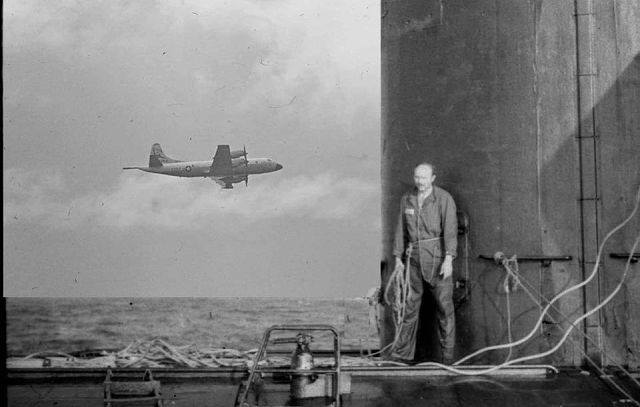Tonight in 1945, 24-year-old graduate student and Manhattan Project physicist Harry Daghlian, Jr., was conducting a dangerous criticality experiment alone at Los Alamos when he accidentally dropped a 4.4 kg (9.7 lb) tungsten carbide brick on a 6.2 kg (13.7 lb) plutonium core. /1 



The brick increased neutron reflectivity back into the core, instantly causing it to go supercritical and flood the wooden shack with radiation. Although Daghlian quickly pushed the extra brick off the core with his right hand, he still received an estimated dose of 510 rem. /2 

Daghlian was taken to the Los Alamos hospital and his symptoms treated. As he slowly and painfully succumbed to acute radiation poisoning, he methodically described his condition to observing doctors. He died 25 days later, the Manhattan Project's first radiation fatality. /3
Army Private Robert Hemmerly was on duty that night in the shack as Daghlian performed his last experiment, but he was seated about 12 feet away, his back turned while reading a newspaper. The 29-year-old saw a bright blue flash and received an estimated dose of 50 rem. /4
Although his white blood cell count was elevated for a few days and he felt more tired than usual for ~2 months, Hemmerly did not suffer from radiation sickeness. He fathered two more children in 1947 and 1948 and died from acute myelogenous leukemia in 1978, at 62. /5 End
• • •
Missing some Tweet in this thread? You can try to
force a refresh


























